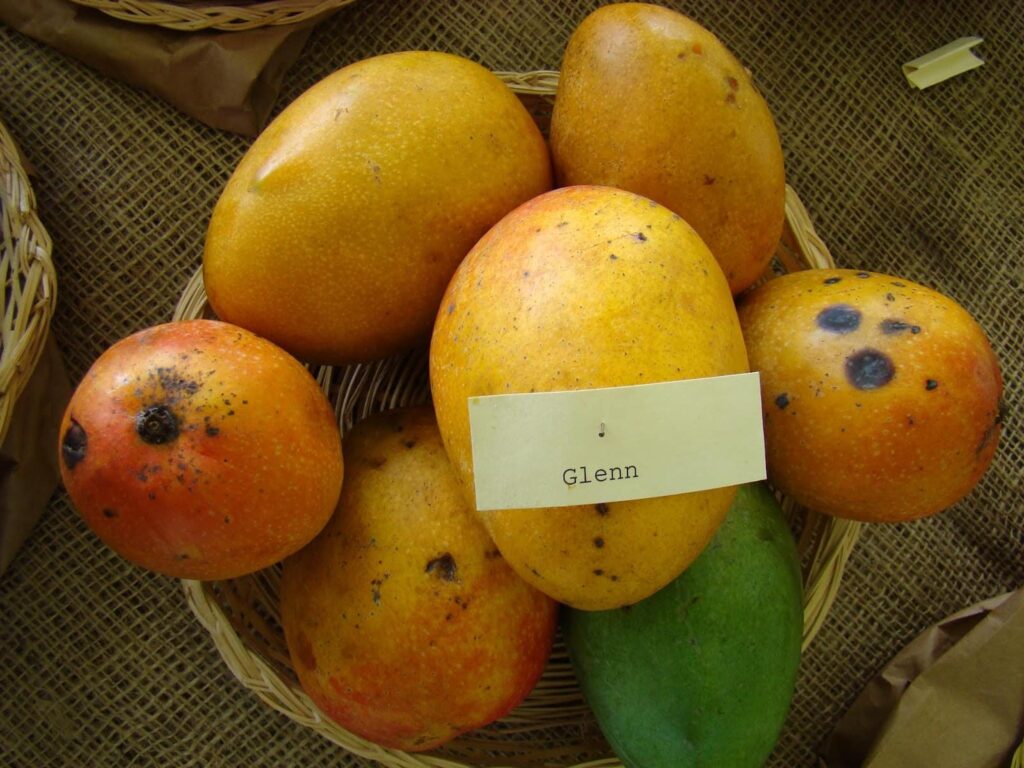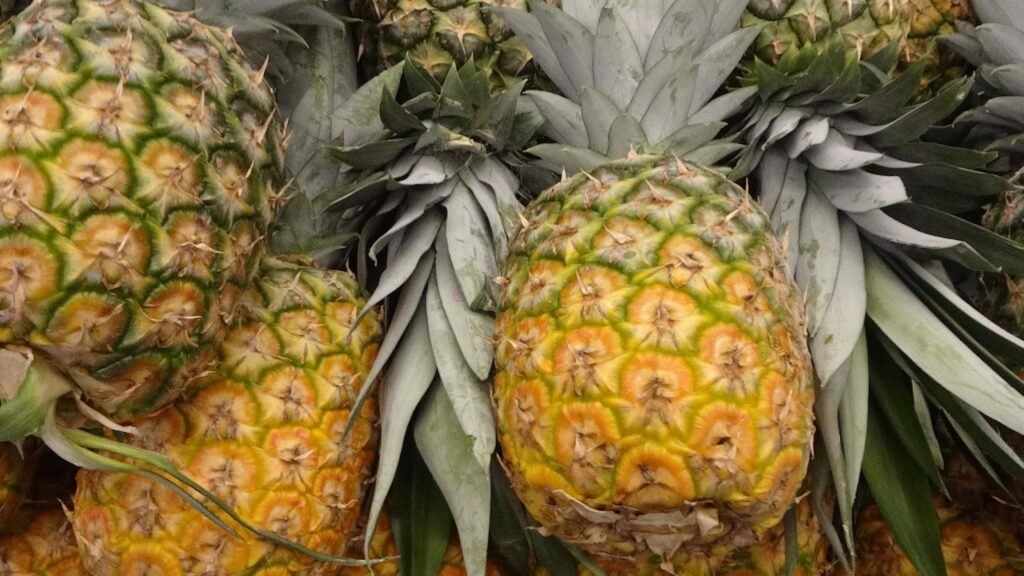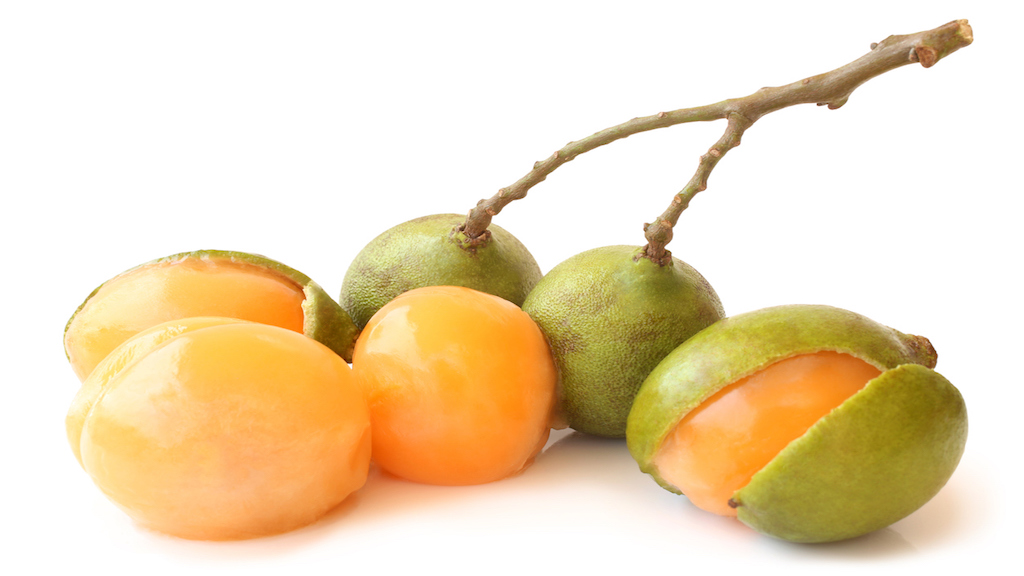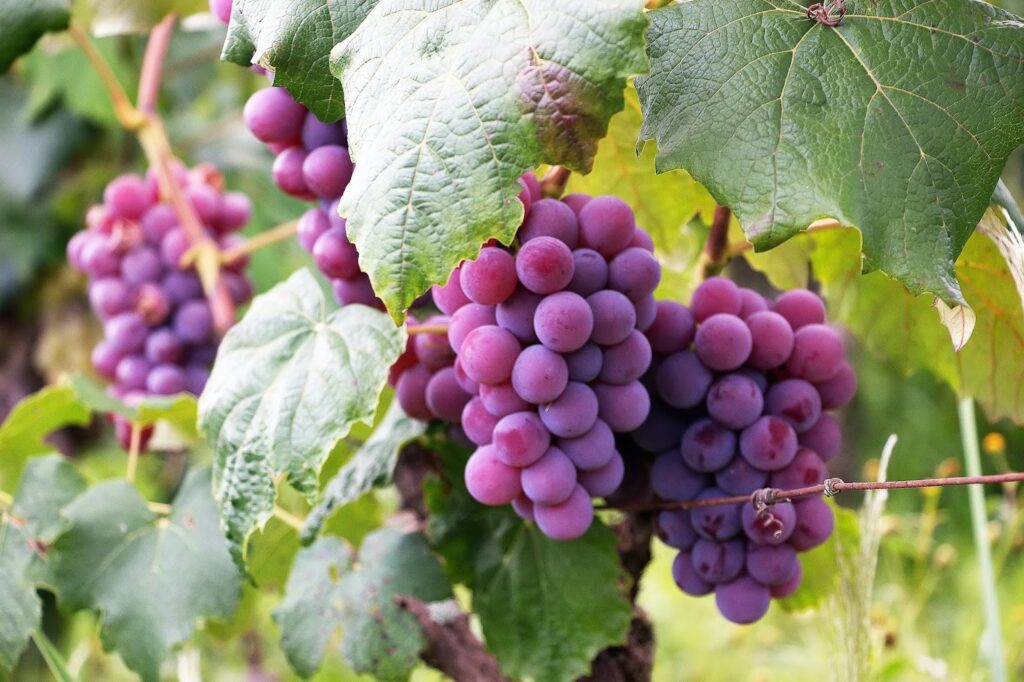Jamaican Fruitscape: A Year Measured by Tropical Seasons” invites readers to explore Rochelle’s perspective on the fruit-rich seasons that define a Jamaican year. From Otaheite apples to mango extravaganzas and the lingering scent of jackfruit, this piece delves into the quintessence of Jamaican fruitfulness.
What fruit is popular in Jamaica?
Rochelle, in her engaging account, defines the Jamaican year by its fruit seasons. From the onset of Otaheite apples to the crescendo of mangoes, lychees, guineps, and a spectrum of other delights like June plum, hog plum, cherry, naseberry, and sweetsop, the local calendar mirrors the ebb and flow of these succulent offerings:
- Mango

Mangoes in Jamaica are more than just a fruit—they’re a cultural icon. With an array of over 50 distinct varieties, each offering its own delightful flavor profile, mangoes captivate locals and visitors alike. Among the most cherished are the East Indian, Julie, and Bombay mangoes, renowned for their succulent sweetness and distinct textures:
- The mango season, a pinnacle of delight, peaks in May and June, marking a time when folk songs pay homage to this beloved fruit;
- These songs encapsulate the communal joy and celebration surrounding the arrival of mangoes, emphasizing their juicy allure and the delight of indulging in their tropical sweetness.
Jamaicans have a deep-rooted love for mangoes, evident not just in the culinary sphere but also in cultural expressions. The fruit’s diversity, from its varied tastes to its different textures, represents the rich diversity found across the island. It symbolizes not only a season of abundance but also a shared cultural experience, uniting people through the joy of indulging in these delectable fruits.
- Jackfruit

Jackfruit, a divisive yet intriguing fruit in Jamaica, presents a unique sensory experience. With a pungent scent reminiscent of the durian, it’s either adored or dismissed by locals. However, Rochelle’s inclusion of jackfruit on her list indicates her fondness for this remarkable fruit:
- Remarkably, jackfruit claims the title of the world’s heaviest fruit borne on trees. When harvested unripe, its green form serves as a delicious meat substitute, adding a savory dimension to various dishes;
- One of its distinctive features is its year-round availability, allowing Jamaicans to relish its flavors at any time.
Despite its polarizing aroma, jackfruit holds a special place in Jamaican culinary exploration. Its versatility, from being a savory meat alternative to a year-round fruit option, demonstrates its significance in the island’s diverse gastronomic offerings.
- Pineapples

In Jamaica, pineapples embody a sweet yet challenging indulgence. Available year-round but reaching their peak harvest between May and July, these fruits offer a burst of tropical flavor and a dose of vitamin C. However, peeling pineapples to minimize waste remains a skill Rochelle admits to not yet mastering.
Their sweetness and refreshing nature make pineapples a sought-after treat despite the peeling challenge. The seasonal abundance of pineapples during specific months enhances their appeal, offering locals and visitors alike a delightful taste of the island’s tropical bounty.
4. Guineps

Guineps, known by various names globally, hold a special place in Rochelle’s fruit preferences:
- These small, green fruits, even when ripe, are sought after during their seasonal peak from June to August in Jamaica;
- Despite their sweetness, caution is advised while consuming them due to the potential choking hazard posed by their seeds, especially for children.
Their alluring sweetness and the annual arrival of the guinep season tempt Rochelle to purchase them from roadside vendors without fail. Despite the cautionary note, the temptation to indulge in these tiny treats showcases their irresistible charm during their limited seasonal availability.
5. Grapes

In Jamaica, grapes hold a unique distinction among Rochelle’s favorite fruits as the only imported variety on her list:
- The warm climate restricts local cultivation, yet a few successful attempts have been reported in cooler mountainous regions;
- For now, Jamaicans rely on imported grapes as a delightful addition to their fruit choices. Rochelle dreams of exploring vineyards and unraveling the art of winemaking, a venture yet to fully flourish within Jamaica’s agricultural landscape.
Despite their non-native status, grapes represent a longing for local cultivation and a curiosity about the artistry of winemaking, which holds promise for the future.
Conclusion
Rochelle’s narrative not only unveils her top fruit picks but also invites readers to share their own favorites and embark on a flavorful journey through Jamaica’s abundant fruit seasons. Subscribe to Rochelle’s vibrant articles to stay tuned for more captivating insights.